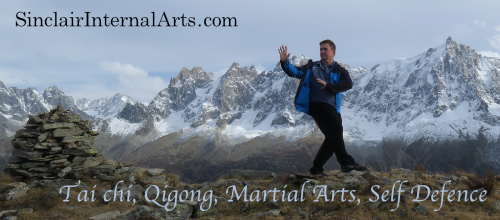Upcoming WORKSHOPS, 2025-2026
Orillia, Canada
TBA
Vancouver
October 2025 TBA
Toronto
TBA
UK
TBA
Lyon, France
TBA
Monestiés, France
June 27-July 1, 2026
Belgium
TBA 2026
Other workshops TBA
EDT (Toronto) UTC-4
Orillia, Canada
TBA
Vancouver
October 2025 TBA
Toronto
TBA
UK
TBA
Lyon, France
TBA
Monestiés, France
June 27-July 1, 2026
Belgium
TBA 2026
Other workshops TBA
INCOMPLETE TAI CHI, LESSON 29 Introducing Zhou 肘 using “Brush Knee and Push.” Click here to go to the lesson. When I teach this movement to beginners, I often do what many teachers do, and describe it in terms of a specific martial techniques, like brushing the opponent’s knee and pushing them off balance. This . . . read more
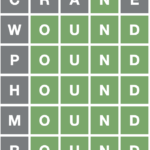
Life is like Wordle. Perfectly legitimate decisions don’t always work. In business, we can make all the correction decisions, and still go bankrupt. In combat, we can make all the proper tactical and strategic decisions, and still lose. Making wise decisions can greatly increase our odds of success. But our success is never guaranteed. Likewise, . . . read more

There is a lesson that has been taught over and over throughout the ages: Power is not a product of increasing control. Control is an illusion. The more rigidly an autocrat tries to control a population, the more counter-productive and weak that leader becomes. The ultimate power exists when controlling the population is not required. . . . read more
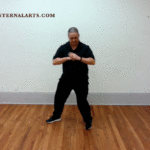
Zhou (elbow) and Kao (shoulder) can be seen as techniques. But their deeper meaning is one of mechanical principle. Zhou displaces the opponent’s centripetal tensile geodesic, while kao is a defence against the opponent doing the same. 46 minute video
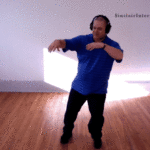
Raise hands and pull down (“Pluck”). This lesson begins section 5 of the foundation routine. “Cai” or “pluck” draws the opponent’s force away from their centre of rotation. It has the effect of uprooting the opponent and pulling them off balance, while at the same time improving your balance and increasing mechanical efficiency. Video lesson . . . read more
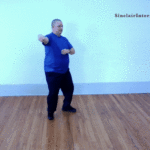
45-minute video
With the past 2-years of relative isolation, I’ve learned to welcome online praise. After struggling alone for a month to produce a video about one of the most confusing but ubiquitous concepts in tai chi, I was not sure how it would be received. The response has been, thankfully, positive. A recent commenter said, “This . . . read more
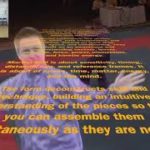
Tai chi routines are not intended to merely teach you specific martial techniques, but to deconstruct the elements of engagement. What does this mean? Martial techniques, like strikes, throws, kicks, joint manipulation, and grappling, depend on more than strength, speed, and conditioning. They are built on an awareness and understanding vectors, levers, structure, force, power, . . . read more
I have just posted a workout based on the first 24 lessons, covering the “four directions” (Peng, Lu, Ji, An), some basic silk reeling, and the left and right axial rotations. The workout is an hour long, and involves a lot of thigh work. So, take it easy. With tai chi practice, you should practise . . . read more
I apologize for the lack of activity over the past little while. I have been dealing with technical issues, computer problems, as well as a number of other distractions. I hope to have a computer working within a day or two, and will start posting again thereafter. Thanks, Ian
